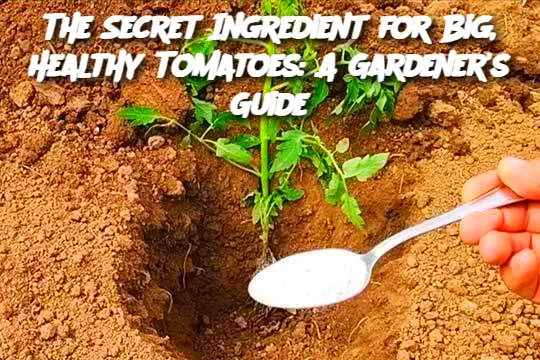ADVERTISEMENT
Raised beds: If you’re gardening in an area with poor soil, try growing tomatoes in raised beds filled with nutrient-rich soil.
Container gardening: Growing tomatoes in large pots or containers is an excellent option for limited space. Just ensure they have adequate drainage and are placed in a sunny spot.
Tomato varieties: There are many different types of tomatoes, such as beefsteak, cherry, or heirloom varieties. Each may have slightly different care needs, so choose one that suits your garden's conditions.
FAQ
1. Why is compost important for tomatoes?
Compost improves soil structure and provides essential nutrients, fostering healthy plant growth and better fruit production.
2. Can I use synthetic fertilizers instead of organic ones?
While synthetic fertilizers can work, organic options are often more sustainable and promote long-term soil health. Organic fertilizers release nutrients more gradually, reducing the risk of overfeeding your plants.
3. How do I know when my tomatoes are ripe?
Ripe tomatoes typically change color (red, pink, yellow, etc.) depending on the variety and should yield slightly to gentle pressure. They should also have a sweet, fruity aroma.
4. How often should I water my tomato plants?
Tomatoes need consistent moisture. Water deeply once or twice a week, depending on weather conditions. Be careful not to overwater, as this can lead to root rot.
ADVERTISEMENT
